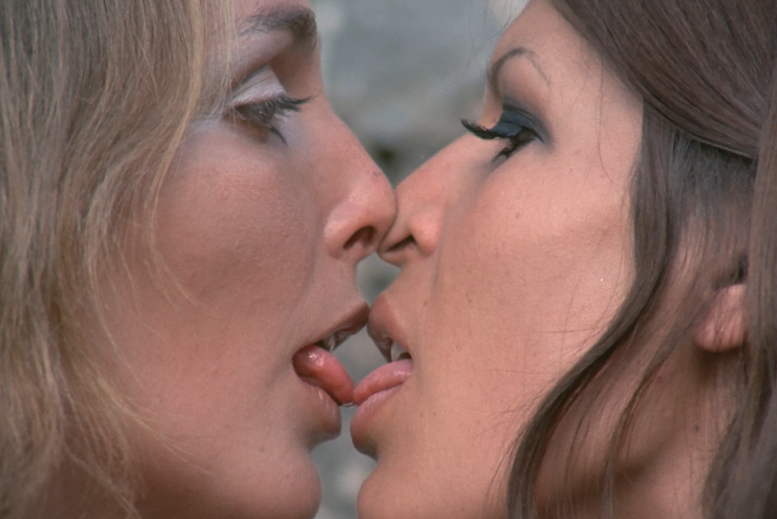Film still from El Topo
With gallons of blood, dwarves, and maimed circus performers, weirdness is almost always guaranteed. Your money's worth? Not so much if you're not ready for the holy mountain that is Alejandro Jodorowsky. A gunfighter on a violent quest for enlightenment, a feverish search for a mythical holy mountain, and a man serving as his armless mother's arms, carrying out vengeful murders on her behalf, all summarize, albeit briefly, the trifecta of Chilean filmmaker and artist Alejandro Jodorowsky's surreal and mystical cinematic masterpieces: El Topo, Holy Mountain and Santa Sangre. Or maybe they're a summary of all the alter-egos of the man himself, the cult legend, the auteur of weird.
Film still from El Topo
Most people have probably never heard his name before - much less seen his films, but Jodoorsky has had a massive influence on the avant garde, as well as impact on mainstream culture, for almost 30 years. And thankfully, these days his name has been rising to the surface a lot more. With a high definition version of El Topo, slated for release on April 26, and various premiers of his films, lectures, and collaborations Jodoworsky seems to be getting his rightly due.
In March, Jodowosky started production on a film version of his autobiography The Dance of Reality. To date he has published over 23 novels in the field of psychomagic - which aims to heal wounds of the soul using the Tarot and various forms of holistic mysticism. He has even spent fifteen years recreating the Tarot of Marseilles - cards that have been de rigueur to the practice of Tarot reading since the 15th century; the cards most are familiar with. In the end it seems as though Alejandro Jodorowsky is satisfied in the role as shaman and he professes that his main goal is mainly "to spread consciousness." But no matter the course of the artist's multiple identities, Jodorowsky will always be an artist and whatever the medium may be he will continue to have a tremendous influence and voice each time culture sheds its fickle skin.
Visit Alejandro Jodorowsky's official site
Text by Oliver Maxwell Kupper for Pas Un Autre








 An overview of the work of traveler, journalist, writer, photographer, Annemarie Scharzenbach, is set to be released as a collaboration publication with the French journal La Quinzaine Littéraire and Louis Vuitton. Annemarie, born in Switzerland in 1908, was an icon of the Lost Generation and the live fast die young ethos of the Weimar Republic, an interwar era of morphine and fast cars. Voyager avec Annemarie Scharzenbach - La Quête du réel is the first in depth look at her work, accompanied by about forty photographs taken by Annemarie herself. The book is set to be released in May.
An overview of the work of traveler, journalist, writer, photographer, Annemarie Scharzenbach, is set to be released as a collaboration publication with the French journal La Quinzaine Littéraire and Louis Vuitton. Annemarie, born in Switzerland in 1908, was an icon of the Lost Generation and the live fast die young ethos of the Weimar Republic, an interwar era of morphine and fast cars. Voyager avec Annemarie Scharzenbach - La Quête du réel is the first in depth look at her work, accompanied by about forty photographs taken by Annemarie herself. The book is set to be released in May. 














 Photograph of Oliver Maxwell Kupper, publisher of Pas Un Autre, shot by Jessica Hudson.
Photograph of Oliver Maxwell Kupper, publisher of Pas Un Autre, shot by Jessica Hudson.
 drawing of Friedrich Nietzsche by Hans Olde
drawing of Friedrich Nietzsche by Hans Olde